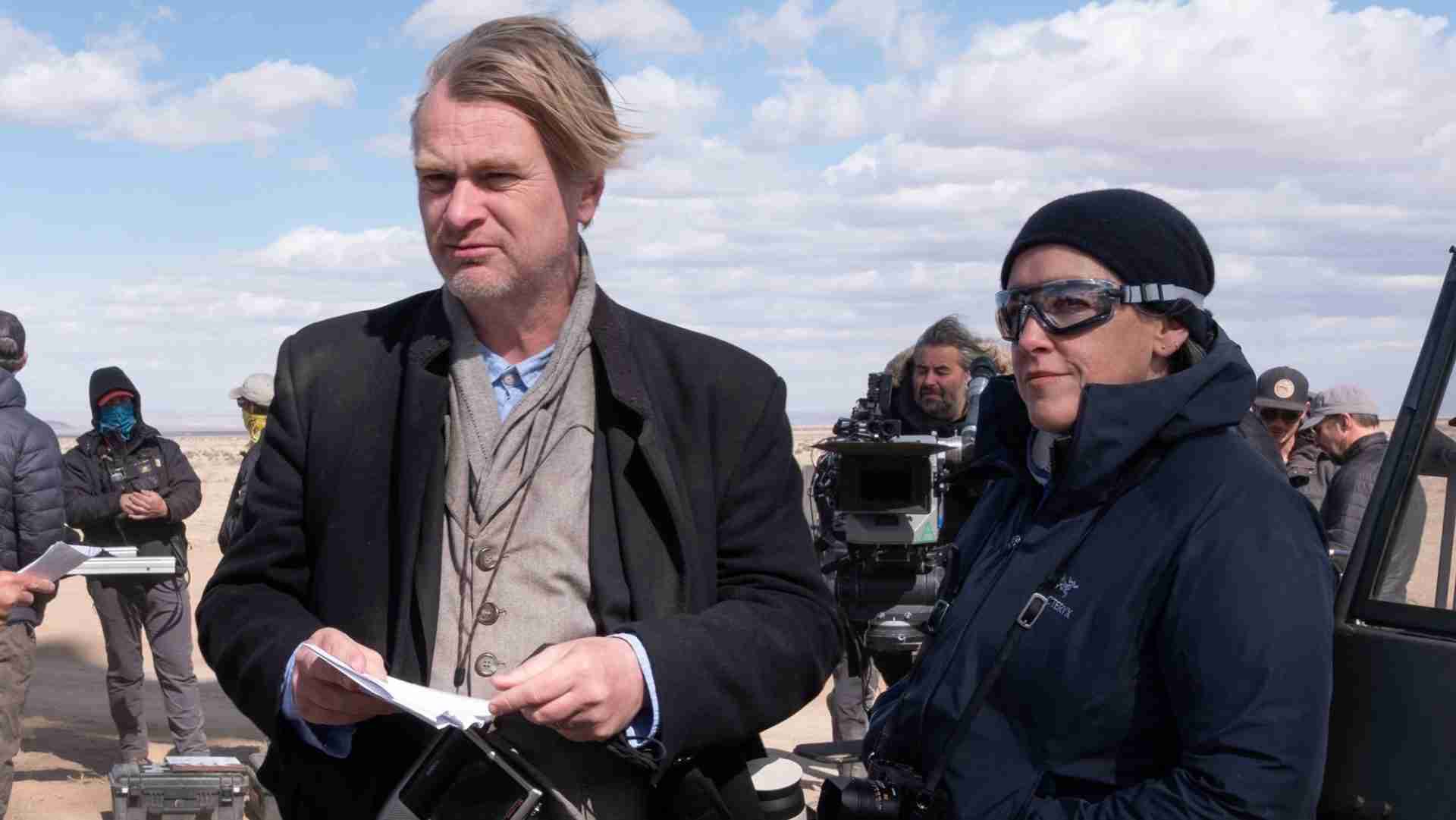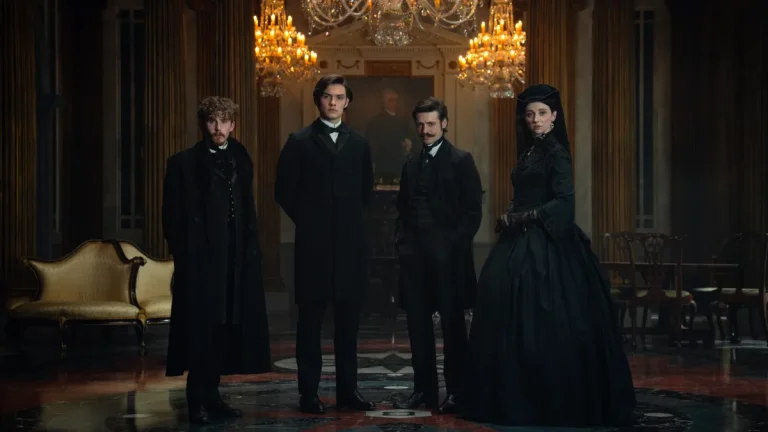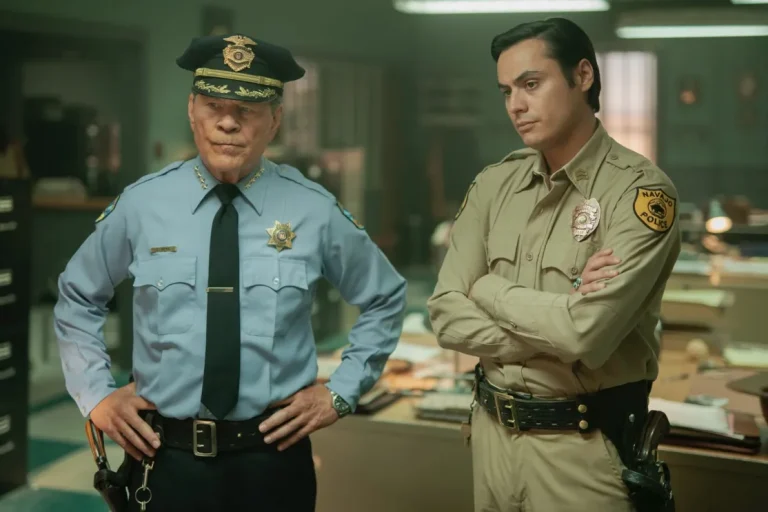Christopher Nolan, known for his ability to depict intricate concepts on the silver screen, faces a new challenge with his upcoming movie, “Oppenheimer.” This movie explores the life of J. Robert Oppenheimer, the brilliant mind behind the creation of the world’s first atomic bomb.
Christopher Nolan was fascinated with Oppenheimer’s story, primarily due to the profound ethical dilemmas it encompasses. Oppenheimer played a pivotal role in the creation of the atomic bomb. Yet, he grappled with the moral implications of his work and the devastating aftermath of its deployment in Japan. Nolan encountered a significant hurdle in conveying Oppenheimer’s unique visualizations and the intellectual process behind the development of this world-altering weapon.
Christopher Nolan on the Visual Approach of Oppenheimer
During a recent visit to his post-production facility in LA, Nolan shared his insights in an exclusive interview with Empire Magazine. He acknowledged the difficulty that cinema has historically faced in portraying intelligence or genius convincingly. Filmmakers, over the course of time, have demonstrated diverse approaches to portraying genius in the movies like “A Beautiful Mind,” “The Social Network,” and “The Imitation Game.” Determined to offer audiences a glimpse into Oppenheimer’s mind, Nolan collaborated with Andrew Jackson, the film’s visual effects supervisor.

Andrew Jackson was the first person to have read the script after his [his producer and wife] Emma [Thomas]. “I said to him, ‘We have to find a way into this guy’s head. We’ve gotta see the world the way he sees it, we’ve gotta see the atoms moving; we’ve gotta see the way he’s imagining waves of energy, the quantum world. And then, we have to see how that translates into the Trinity test. And we have to feel the danger, feel the threat of all this somehow.’ My challenge to him was, ‘Let’s do all these things but without any computer graphics.’”
Christopher Nolan’s Unconventional Approach to Scriptwriting
To maintain a subjective experience for viewers, Nolan took an unconventional approach to scriptwriting. “I actually wrote in the first-person, which I’ve never done before. I don’t know if anyone’s ever done it before. But the point of it is, with the color sequences, which is the bulk of the film, everything is told from Oppenheimer’s point of view — you’re literally kind of looking through his eyes.”
Nolan expressed his desire for viewers to accompany Oppenheimer throughout the story, refraining from passively judging him. By experiencing the narrative alongside Oppenheimer, the audience would confront the ethical dilemmas he encountered without predetermined judgment. Nolan believed that judgment would serve no purpose in this gripping tale, as the focus should be on grappling with the complex ethical choices alongside the protagonist.
“Oppenheimer” promises to deliver captivating visuals and a thrilling storyline when it releases on the 21st of July. The film aims to immerse audiences in the mind of J. Robert Oppenheimer, offering a unique perspective on his life and the creation of the atomic bomb.









